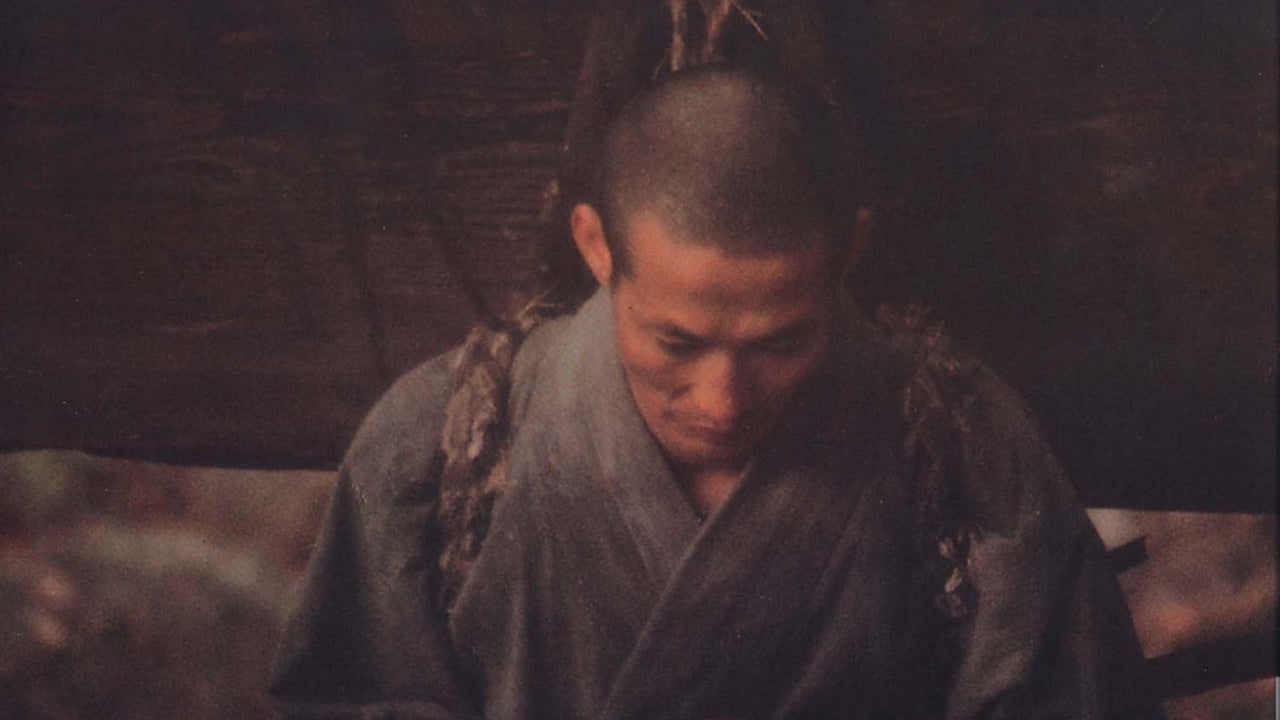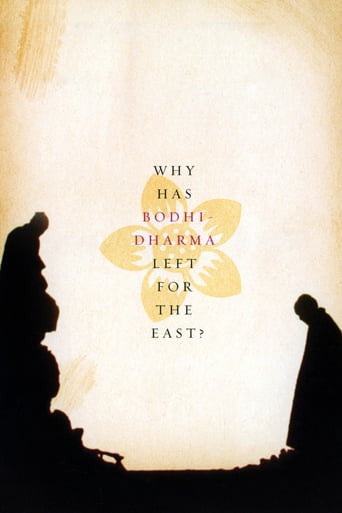



Very Cool!!!
Good concept, poorly executed.
A different way of telling a story
It's fun, it's light, [but] it has a hard time when its tries to get heavy.
View MoreThis movie is quite a bit like "Spring, Summer, Autumn, Winter, and Spring."It must be a Korean genre. The photography is absolutely magnificent, but the Takemitsu-like music will put off some people. It leaves you with an eerie feeling.There is a story and not altogether a happy one. These forest monks are still homo sapiens, replete with all the urges and desires and wonderings that drive us mad. In both films, there is an old master who is quite sure of himself and of Buddhism, but that is offset by a younger monk who must leave for the world.So see both these movies and draw your own comparisons.
View MoreThe first time I rented this movie, I saw it with a friend. We quit halfway through after groaning with boredom, then spent the rest of the evening making fun of it. A year later I tried it again, and have seen it five times since. It is extraordinary and is more gripping and absorbing each time I watch it.There is of course no plot, only a loose story which illustrates, both in its whole and many fragmentary parts, core questions and ideas of Buddhism regarding the impermanence of all things and the corrupting nature of human desire. I know only a little about Buddhism, but what little I had read since the first unsuccessful viewing was probably what helped me see it subsequent times. Like Buddhism, it employs profound calm to upset some fundamental attitudes about the world and makes these disturbances fascinating: suffering, loss, the desire to hold on to things, and the vanity of intellectual growth.This is however not by any stretch an "ideas" movie. It was made by a painter and remains very much a kind of tone-poem for the screen. I recommend it highly.
View MoreYong-Kyun Bae is an art professor at a university in Korea. "Dharma" was virtually a solo effort by him and it took ten years to complete. The movie has little plot to speak of, and consists of a series of images, a slide show of moving images about a man's path to Enlightenment. They are strikingly beautiful and force the viewer to contemplate one's own life and existence. On the surface, all of the images are serene but underneath them lie deep power and a palpable spiritual yearning. As one reviewer aptly put it, "This movie is not about Zen, it is Zen."Bae has made a second movie which was released in 1997. It is also very contemplative but unfortunately is nearly incomprehensible.
View MoreI had the good fortune to see this movie as part of a campus movie series (UNLV) several years ago. The integration of the Ox-herding pictures from Ch'an/Zen lore into the fabric of the story was exquisite. Truly a beautiful film for Buddhist and non-Buddhist alike. I would love to own a copy of this film.
View More